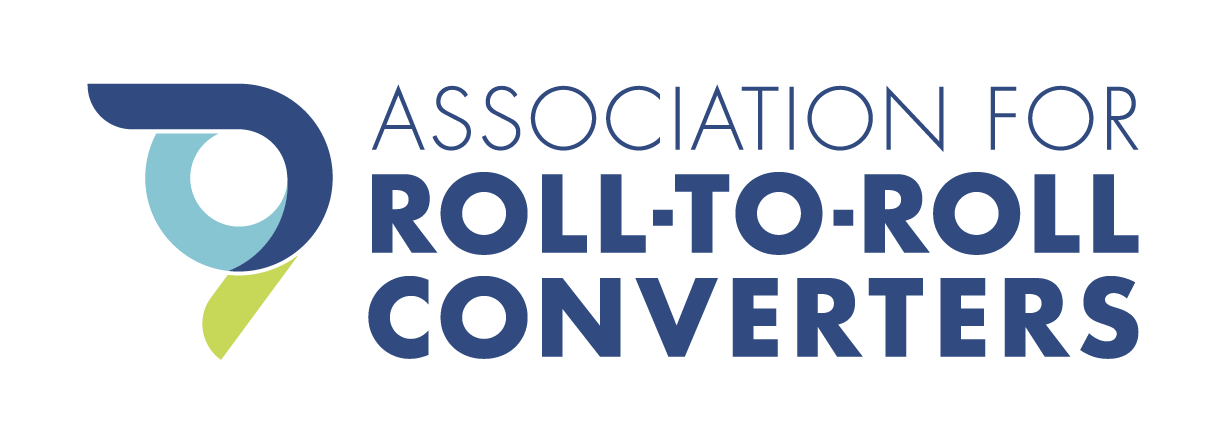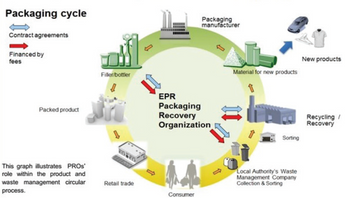Optimize Your Process by Knowing the Tension Profile Across the Width of Web
Presented by Christ Makris, FMS USA Inc.
Knowing the tension profile across the width of your web can eliminate waste. Detecting transients may help eliminate the causes.
The example of curtain coating illustrates the sensitivity of the various coating processes. All plant components and parameters must be ideally matched to one another to achieve the best possible coating results on different substrates in a wide variety of material widths. Transients, e.g., from environmental influences, such as temperature-dependent changes in substrate behavior, have a major influence on the required manufacturing quality. Mapping the tension distribution over the entire width of the material web provides new insights for process optimization.
If a high quality standard is to be ensured throughout the entire production process, the demands on the raw material (parent roll) are already extremely high. Due to different pre-processes, transport routes or storage, this raw material may already have experienced a wide variety of influences. Different winding qualities, large temperature fluctuations or mechanical deformations are an issue here. For example, overstretched material edges or material areas deformed by impacts cannot be detected with conventional measuring technology. For example, overstretched material edges or material areas deformed by impacts cannot be detected with conventional measuring technology.
This post is for paying members only
SubscribeAlready have an account? Log in

